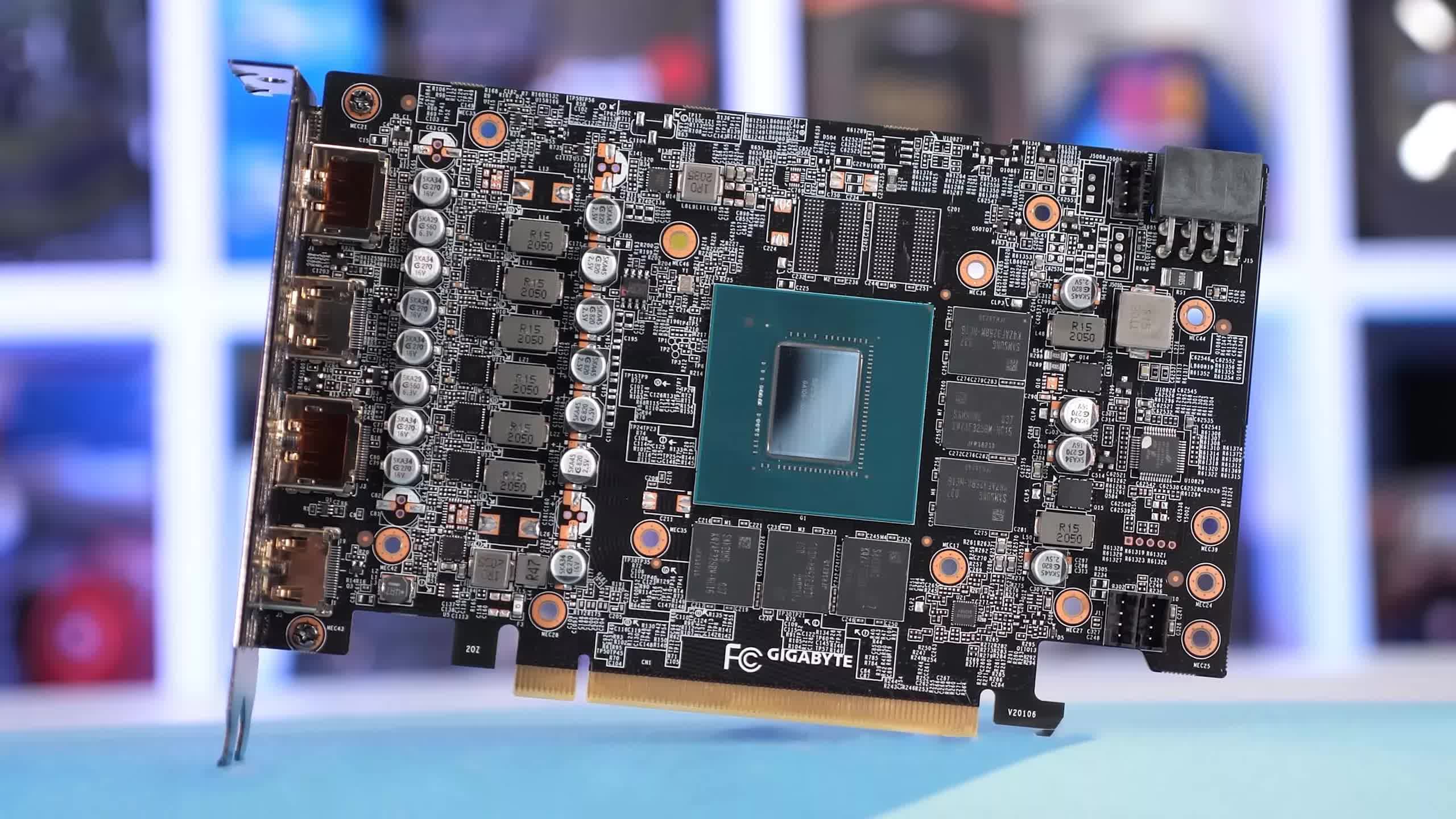Too hot to handle Igor’s Lab investigated community feedback that some owners of GeForce RTX 40 series AIB cards are hitting hotspot temperatures of 100° C after a few months of operating within acceptable ranges. GPU hotspot temperature refers to the maximum temperature recorded in a specific area of a GPU, usually either on the GPU die itself or the voltage regulators (VRM).
Igor Wallossek conducted his test using the thermal paste from a brand new Manli RTX 4080 Gallardo. Wallossek used the ASTM D5470-17 standard for conducting thermal conductivity and thermal resistance with his thermal analyzer system, TIMA5. The thermal paste was tested at 60°C with various thickness and pressures, to mimic variability in thermal paste application and heatsink to GPU contact force.
The results show that at very thin layers, the thermal conductivity is very competitive with other thermal solutions, such as Thermal Grizzly Paste X and Thermalright TF8. However, as the application layer becomes thicker, the thermal conductivity worsens more rapidly compared to Thermal Grizzly Paste X. It is also important to note that Wallossek had to apply significantly more pressure to achieve the best thermal conductivity.
The Gallardo paste composition was analyzed under a microscope. Wallossek found that the paste’s oily texture did not sustain itself and dried rather quickly. There were large particles of aluminum oxide (up to 16 µm), which perform thermally well at first but cause large gaps in the paste matrix, allowing the oil and smaller particles to bleed out, causing the paste to dissolve and dry quickly.
Wallossek concluded the following regarding the paste’s composition: “In addition to the vast quantities of mostly coarsely ground aluminum oxide (Al2O3) and a lot of silicone oil (silicon, hydrogen, oxygen), we also have some finer zinc oxide (ZnO) as a cheap filler material. I can’t find any carbon that might have suggested a more sophisticated silicone (side chains). So, it really is just the simplest oil.”
Owners who are experiencing high temps on their GPUs could attempt to fix it by replacing the thermal paste on their card. However, this is not as easy as replacing the paste on your CPU, as it requires a full teardown of the GPU board. It’s not impossible, but it is not practical for most.
It is unconfirmed if this thermal paste tested is affecting only higher-end Nvidia GPUs or if it spans all AIB GPU manufacturers. It is not uncommon for companies to cut corners to increase margins at the expense of the customer. It would be interesting to see additional testing across a larger range of AIB cards from Nvidia, AMD, and Intel to determine if this is an exception or the norm.

